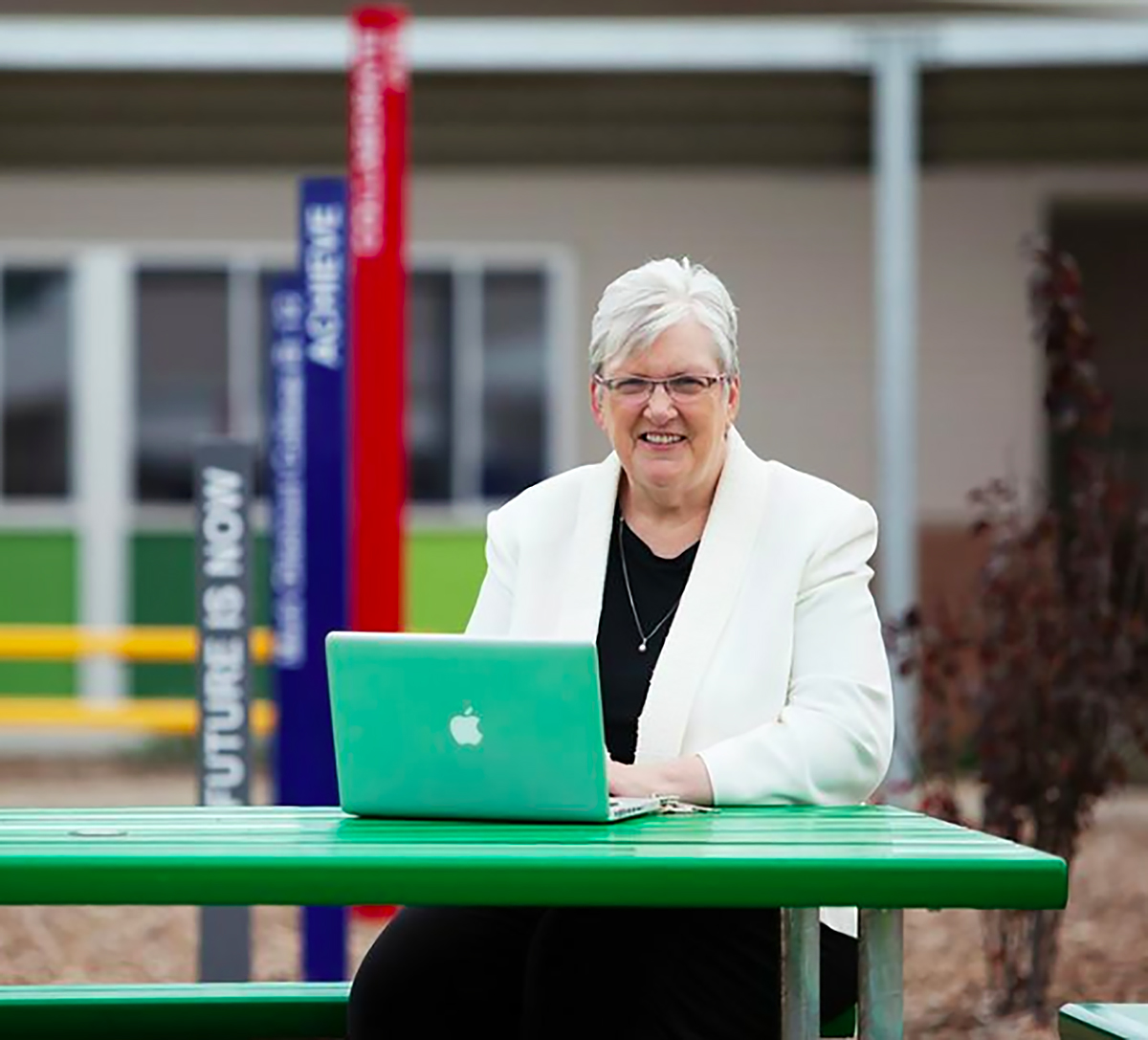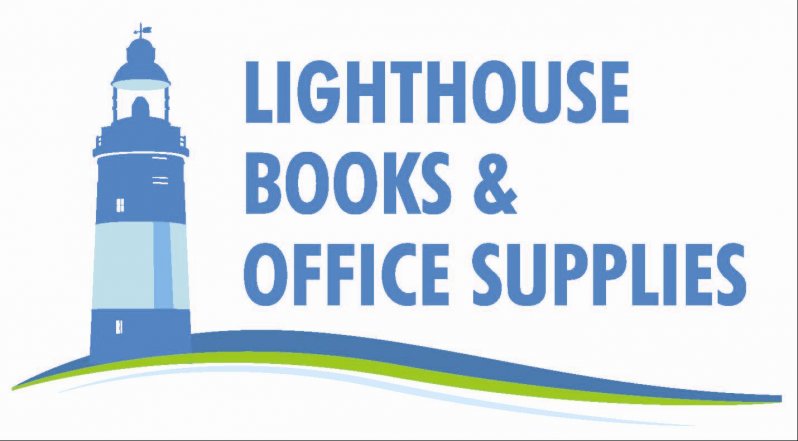
Pat Thomson: a recent visit to South Australia
21st April 2020
Pat Thomson is uniquely placed to comment on contemporary secondary schooling. Her current position is Professor of Education and convenor of the Centre for Research in the Arts, Creativity and Literacy (CRACL) at the University of Nottingham (United Kingdom).
Prior to taking up her role as an academic in the UK, Pat had more than 20 years experience in SA schools. She held leadership positions in some of our most iconic secondary schools which, in large part, were set up to address significant instances of educational disadvantage. She was the founding coordinator of the Bowden Brompton Community School. She held leadership positions at both The Parks and Paralowie R-12. She was principal of Paralowie for 11 years (1985-1997). Beyond her extensive school leadership experience, Pat also served as President of SASPA, held senior positions in the Department and completed a PhD at Deakin University.
Based on the research for her doctoral thesis, Pat wrote Schooling the rustbelt kids: making the difference in changing times (2002, Allen & Unwin). It was dedicated to the Paralowie community and stands as a definitive and instructive account of the many challenges facing ‘disadvantaged schools’.
Pat has always been an outspoken defender of public education. This strong political stance has been an acknowledged feature of her role as a principal and in her academic research and writing. On her recent visit to SA she spoke to SASPA principals in February: “Public Education: For the Public Good?” Click here to access Pat’s SASPA address.
Pat is aware of the challenges associated with the defence of public education. As a researcher she acknowledges that ‘educational disadvantage’, in its many expressions, is a critical focus in any overall analysis of public education. In fact, the formative period of her work and research, the last quarter of the 20C, was characterised by the push for increased support for disadvantaged schools and the recognition that such schools needed to relate more meaningfully and creatively with their communities. However, there are risks associated with a single-minded focus on disadvantage in the defence of public schooling. Pat herself referred to the problem of ‘researching down’ where disadvantaged schools are objectified as ‘failing institutions’ serving ‘problem children’ from ’dysfunctional communities’. Currently, the debate over the absolute importance of public education strives to move beyond the fear of ‘residualisation’ and present a view of public education that emphasises its success in underpinning the essential strengths – political, economic, social and cultural – of the modern state. But this agenda has to be pursued within a political setting that pushes a reductionist view of schooling as a whole: one focused on the pursuit of a narrow set of test results which are employed to define school ‘success’ and ‘failure’. At the same time that advocates of public education are pushing to acknowledge the broader and more fundamental value of public education, politicians appear determined to narrow the focus on school outcomes.
While she was in SA, Pat was kind enough to have an extended conversation. We spoke generally on the topic of what SA principals could learn from what was happening in the UK – or more specifically, England – in terms of both school leadership and secondary education in general. Pat was very forthcoming in terms of warnings about developments such as the excesses of results-driven schooling and the ‘corporatisation’ of school governance. She covered the associated potential disconnect between the school and its local community. She was concerned over the weakening of what we still see as the principal’s essential commitment to ‘instructional leadership’. She was critical of an overly functional – and therefore dangerously limited – view of curriculum as not much more than a syllabus and pedagogy as not much more than the highly prescribed and very directed ‘teaching’ of ever more fragmented bits of content. The latter concern obviously reflects Pat’s more recent primary research focus on Arts education. Pat is a champion of Arts education but she noted that in the UK it is one of several areas of curriculum often portrayed as ‘soft’.

Professor Pat Thomson being acknoweledged as a SASPA Life Member by SASPA President, Peter Mader pictured with past SASPA Presidents, Jim Davies and Jan Paterson.
But, of course, the situation is always more complex. Pat related two contradictory initial impressions that came from when she first arrived in England. The first was from a large session with principals (head teachers) where expectations and requirements were set down in a scope that was overwhelming and a manner that was intimidating. At the time, she was teaching at Nottingham Uni in school leadership and her impression of such leadership, from this particular meeting, was that it was extremely challenging and certainly not for the faint-hearted. However, in the midst of this apparently doctrinaire and intimidating session, Pat said that she met a very successful head teacher – someone the system itself recognised as successful – who appeared to represent the very antithesis of the tone and direction of the day’s meeting. This particular head teacher had been in leadership for 30 years and was not overly fussed by the carry on at the meeting because she knew that in her school she was safe and that she could effectively ignore both the tone and demands. She was safe because her school results were sound. It was a point Pat made several times: what mattered most were the school results; and if the results were sound then the school could pursue its own particular interests and educational agenda. So, against a background of what many would argue was a highly prescriptive and educationally reductionist testing regime it was still possible for individual schools to excel and promote genuine ‘education’. However, Pat’s second concurrent impression came when a member of one of her classes on school leadership introduced herself to the group as a ‘failed head teacher’. This was the other reality: everyone knew exactly what a failing school and a failed head teacher looked like. And everyone knew that school results drove both identities.
Prior to leaving SA Pat had been looking closely at the increasing challenges facing principals in their role, and also the ED’s challenge in attracting people capable of performing the role. Her early research in the UK concentrated this focus, particularly given the preoccupation there with identifying school failure. She focused on the idea of ‘risk’ to uncover the dynamic at work. Clearly, there was the career risk associated with a new principal taking on the challenge of a failing – or marginal – school. She observed that individuals could take on this responsibility in the idealised view that that was where they should be. They wanted to make a difference. But they did so at significant ‘personal career risk’ because if they could not turn round poor results in a short period of time, they themselves became part of the problem. Admittedly, there were strategies that could be employed in such situations – for example, focusing resources on students close to ‘passing’ and intensively coaching particular cohorts across critical results boundaries – but the multiple and often entrenched challenges of a struggling school could be insurmountable and at this time – the early 2000s under New Labour’s ‘Fresh Start’ – many such schools were closed down and then re-opened with new names, new leaders and staff, and under new governance regimes.
Based on her own experience as a principal and academic researcher in SA, her policy work with both the ED and SASPA and her initial experience and work in the UK, Pat published a text on school leadership as a ‘risky business’ in 2009: School Leadership: Heads on the Block? (2009, Routledge).
In addition to this reality of career or professional risk, Pat identified that there is considerable risk for the system itself. There is the question of how the system can ensure an adequate supply of applicants for challenging school leadership positions; and there is the related issue of retention: the need to retain quality school leaders in such schools. Also, the system’s perception of the risks shapes the very notion of what school leadership should look like and drives critical areas such as professional development. Often, it is the system itself which creates the very risks school leaders have to navigate. The most obvious one is the determination to employ narrowly prescribed, school results data to rate school performance. Perversely, the motivation behind such an approach might be altruistic but the effects can be educationally destructive both for the students and the school as a whole. In this situation, in addition to all the problems and complexities that flow from any number of social, economic, cultural and local forces at play, the school leader is trying to survive in the face of the external pressure the system itself imposes on him or her.
Pat also spoke about what she saw as the diminution of public/state education in England, particularly at the secondary level where the ‘academy’ has had the greatest impact, to the extent that approximately 2/3 of secondary schools are academies, either as a single academy or as a member of a multi-trust academy.
She noted that as the academies have proliferated, the historical relationship between the local secondary school and its community, via the local education authority, has been replaced by control from an appointed board of trustees. This has been a highly significant development as it has broken the natural connection between the local school and its community. The counter argument has been that the shift was necessary because in the case of failing schools, the local education authority had itself failed and it could no longer be entrusted to effect the necessary improvement. Trustees to the boards of the academies are appointed. The trust has the authority to hire and fire staff. It exercises ownership of the buildings and land and it oversees the contractual arrangement with the government. Where several operate as a combined entity you have a multi academy trust. Failing schools can be forced to join a multi academy trust.
As well as shifting the locus of control from the local community and relying on appointed boards of trustees, the move to the academy also emphasises a business-oriented or corporate approach to schooling, with ongoing emphasis on planning, target setting, data collection and analysis, and, above all, accountability for highly prescribed and narrow outcomes. Pat mentioned that the corporate approach was vey evident in the descriptor of ‘chief executive officer’ which is how the person with overall responsibility for the operation of one of the multi-academy trusts would describe their role. Such a person might not have an educational background. The remuneration package of someone responsible for a large multi-academy trust could run to nearly $A 1M. Effectively, such large multi-academy trusts can operate as educational fiefdoms.
In this type of schooling landscape the idea of state or public schooling is highly compromised. The potential for dislocation between the school and its immediate community is great. Also, the very notion of ‘public’ becomes more compromised because you effectively have a 3 sector arrangement where the traditional public – private division is complicated by a third (corporate) sector that is both public and private. In this arrangement, what is genuinely ‘public’ inevitably drifts to the ‘residual’ end of the continuum of educational provision. The public-private partnership model is also a landscape that is open to corruption. The board structure makes it particularly vulnerable. In fact, Pat has written on some of the related issues in a text to be published in June this year (2020): School Scandals: Blowing the whistle on the corruption of our education system (2020, Policy Press).
Pat was also keen to identify what she saw as the unfortunate drift away from the view of the principal as ‘instructional leader’. She said she had a much stronger sense of the principal as instructional leader in the Australian context. She gave several reasons for the situation in the UK. Obviously, in a corporate system where the most senior educational leadership position is described in terms of ‘chief executive officer’ you immediately have the disconnect between leadership and education. She did have examples where those running single or multi trust academies were still very capable and talented instructional leaders but she noted that the very structures and corporate paradigm in place tended to downplay this form of leadership. She also noted that in those instances where the importance of instructional leadership was acknowledged, responsibility for it might well have been delegated by the principal. It became a second tier responsibility. On the general topic of school leadership, Pat also noted that in the UK there was a history of focusing on leadership per se – the qualities of generic leadership – rather than leadership within the specific context of the school; and that there was even a tendency to downplay the significance of school management. Reflecting on her own experience as a principal, she acknowledged the importance of management skills, and competence in critical areas, as a component of overall school leadership. She stated that as a principal there were areas of school management that she would never have relinquished.
The other problem with instructional leadership in the UK relates to the curriculum and pedagogy. The curriculum is essentially a syllabus and the pedagogy is class-based teaching where the classes are large. The argument is that the curriculum is too narrow and overly prescribed while the pedagogy is driven overwhelmingly by the pursuit of standardised results. This educational environment inevitably compromises the practice of instructional leadership. At the same time, Pat admitted that she had seen many outstanding examples of instructional leadership and highly sophisticated and innovative teaching and a rich and diverse curriculum, but she also noted, again, that these instances tended to be super-imposed on the results-riven reality of secondary schooling. Capable head teachers could still exercise genuine instructional leadership but the critical qualification was that first the results had to be guaranteed. She also noted this arrangement also applied at the level of the individual teacher. Teachers who were, for example, highly proficient in teaching literacy because they had a deep and broad understanding of how literacy drove and underpinned learning, down to the level of the specific subject being taught, were still able to teach in this manner, so long as the results were there. The reality, of course, is that the results are there precisely because they can teach in this manner. In this educational world of smoke and mirrors the maxim appears to be you can do what you want, but only if the results are there. But it is a fraught arrangement because what happens when you have neither principals nor teachers with the experience, expertise and intelligence to see beyond the false educational reality of results-driven teaching. What happens when practitioners no longer see the false reality as false – and a challenge to be worked around – and, instead, see the pursuit of a narrow set of results in a highly prescribed curriculum as the very nature of contemporary education. Pat can see equivalent warning signs in Australian education but she is reassured by the ongoing commitment to the view of the principal as instructional leader.
Overall, the following appear to have been the strong take-aways from the interview:
Principals here in SA need to defend vigorously the commitment to instructional leadership and the Department needs to retain the experience and expertise of the generation of principals skilled in this area. Instructional leadership needs to be there as an essential counter to the increasingly reductionist and highly politicised school landscape that sees education in terms of a narrow set results on a small number of key tests. Unfettered, the push for corporatised, results-driven, narrowly focused reductionist schooling will have disastrous results.
Local principals need to be highly suspicious of school governance models that emulate the corporate world and which are designed to limit, or even sever, the essential connection between the school and its community. History shows in SA that the very success of state schooling, particularly in relation to schools serving disadvantaged communities, depends fundamentally on the relationship between the school and its community.
Lastly, there is the need to push a more sophisticated view of state schooling; one that is less apologetic and one that has state schooling not merely representing but actively defining the core values and strengths of the contemporary state and nation. This approach links with the work undertaken locally by Professor Alan Reid.



















